If you google “Russia-Africa relations”, some of the first results include news articles about Russia and its “return” to the African continent. What does Russia want from Africa, many ask, and what’s behind Moscow’s recent push into the continent?
You may also see mention of the 2019 Russia-Africa Summit, the first of its kind, held in Sochi and attended by 43 African heads of state. Several memoranda of understanding were signed at the summit, including between the Russian government and the African Union.
“We are not going to participate in a new ‘repartition’ of the continent’s wealth; rather, we are ready to engage in competition for cooperation with Africa. We have a lot to offer our African friends,” President Vladimir Putin said at the summit. This too sparked debate about Russia’s growing influence on the continent.
Did Russia ever really leave Africa? That depends on who you ask.
In March 2021, building on previous work, the SA Institute of International Affairs (SAIIA) launched a two-year research programme seeking to understand Russia’s strategic engagement and policy impact in Africa. A series of online scoping workshops showed there are vast and varying opinions on the topic.
Sanctions trigger renewed engagement
It’s well known that the Soviet Union provided support to a number of African countries during their anti-colonial struggles. Most scholars agree that in the early 1990s, at the height of the USSR’s transition to a multi- (or one-) party system, and preoccupied with domestic challenges, Russia’s presence in Africa reached an all-time low. In 1991, the then president, Boris Yeltsin, announced that Russia’s foreign aid policy would come to an end. By 1992, nine embassies and four consular offices were closed, while many cultural centres disappeared.
Since then, Putin has placed a high premium on rebuilding Russia’s stature as a global power, and these efforts extend to Africa too. He first visited the continent in 2006, promising $1-billion in investments and making a clear declaration of Russian interest. By the following year, Russia had written off approximately $20-billion of debt incurred by African countries during the Cold War.
But some argue that it wasn’t until 2013 that material engagements emerged. Putin again visited South Africa, often seen as the gateway to Africa, for a Brazil, Russia, India, China, South Africa (BRICS) summit. Russia signed a Comprehensive Strategic Partnership with South Africa, with provision for cooperation in the political, economic, and defence spheres.
Diplomatic links between Russia and Africa have also increased, with several heads of state visiting Moscow since 2015. Through the UN, Russia has actively participated in aid programmes, providing food and medical assistance to African countries in need. It has also courted African votes on the UN Security Council and UN General Assembly. It’s widely speculated that renewed engagement is linked to economic sanctions placed on Russia in 2014 by the West, due to the Ukraine conflict and the “annexation” of Crimea. Here, two distinct interests stand out.
Military and natural resource interests
Russia is a major supplier of arms to Africa. According to the Stockholm International Peace Research Institute, Africa accounted for 18% of all Russian arms exports between 2016 and 2020, with Algeria being the largest recipient. Defence relationships between Russia and Africa are also growing.
Since 2014, Rosoboronexport – a Russian state-owned agency that exports military products and services – has signed bilateral agreements with multiple African countries, including Angola, Equatorial Guinea, Mali, Nigeria, and Sudan. Apart from military equipment, the agreements contain provisions for countering terrorism and the joint training of troops.
Russia also has clear economic motives when it comes to natural resources. Although it boasts some of its own mineral wealth, Russia’s natural resources are difficult to extract, making it easier to import them instead. Notable developments are taking place in Zimbabwe (platinum group metals), Angola (diamonds), and Namibia (uranium).
Several Russian state-owned energy companies such as Gazprom, Rustec and Rosatom are also active in Africa, with key investments in the oil, gas and nuclear sectors in Algeria, Egypt, Uganda and Angola. It’s worth noting that state-led investments are often linked to military or diplomatic initiatives. For example, while an agreement is in place to construct two nuclear power plants in Nigeria, Russia has at the same time committed to countering terrorism there.
Incremental growth
Events since 2014 have led to concerns from other countries about the return of the “bear” (in a 2018 speech, the then US national security adviser, John Bolton, singled out the expansionist efforts of Russia and its “influence across Africa”).
And while much attention is paid to Russian movements on the continent, it’s difficult to compare Russian engagement with Africa’s traditional partners like the US, UK and France, or with emerging powers like China, whose involvement dwarfs that of Russia. Interest from Turkey, Israel, the United Arab Emirates and others also means African countries can now pick and choose who they would like to partner with. These decisions are informed by a complex web of priorities.
Conversely, while Putin has named Africa a foreign policy priority, it is not number one on the list. “In terms of overall economic ties, Russia still does much more trade with Europe and Asia than with Africa,” Alexandra Arkhangelskaya, researcher at the Russian Academy of Sciences’ Institute for African Studies, told SAIIA. This was due to its geographic location, she said.
Plans for the 2022 Russia-Africa summit are well under way, again causing a stir around growing Russian presence on the continent. Rumored to be taking place in either Cairo, Dakar or Addis Ababa, the summit will bring together hundreds of representatives from business and government.
Is this part of Russia’s new Africa strategy or a continuation of its prior involvement? Either way, we should expect incremental growth in levels of engagement.
This article was produced by the South African Institute of International Affairs and first published on the Daily Maverick.
(Main image: Getty/Sergei Chirikov)


